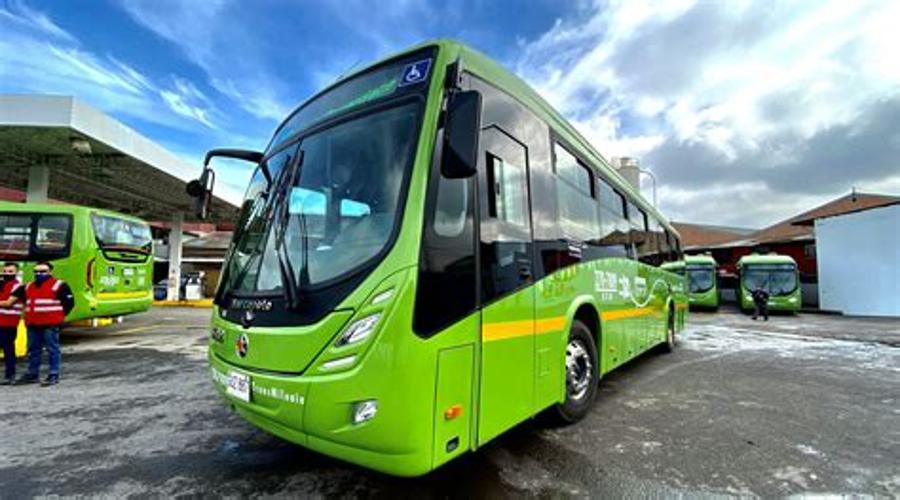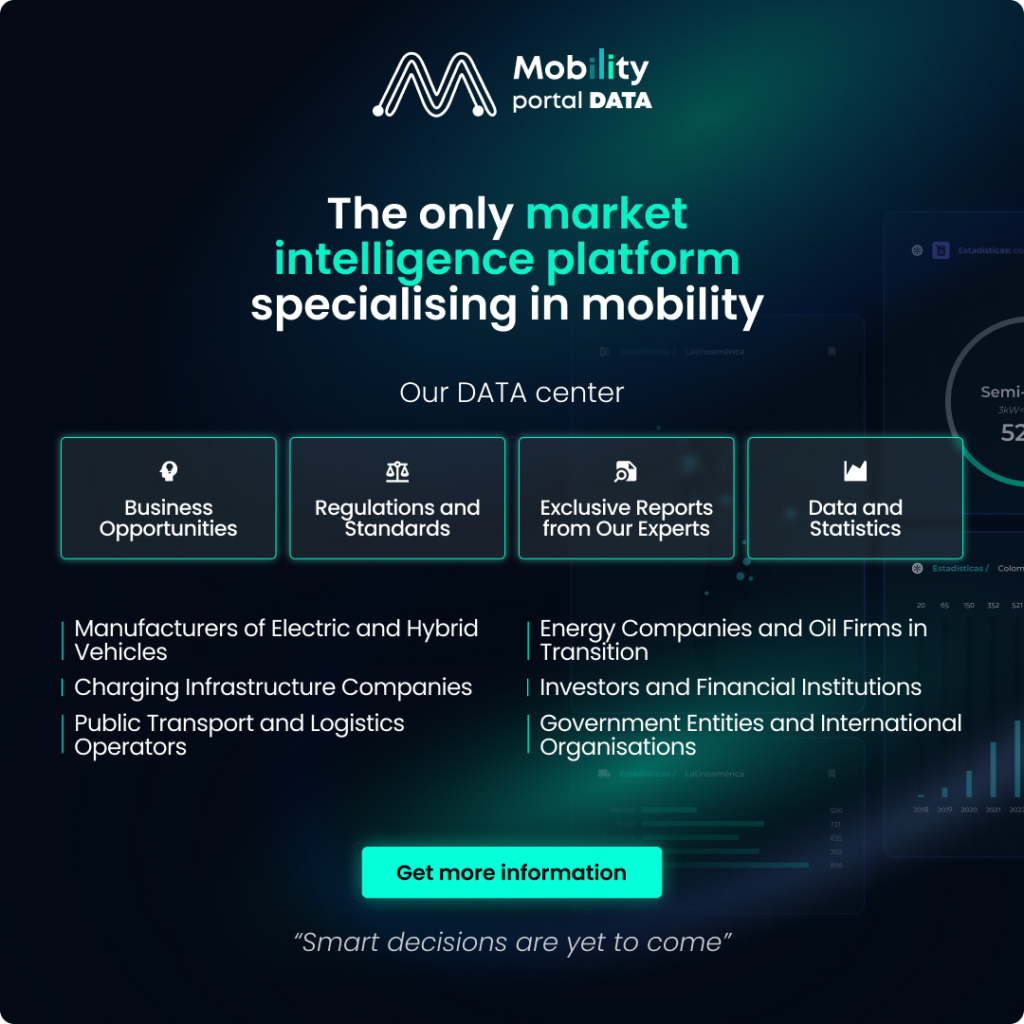María Fernanda Ortiz, TransMilenio’s General Manager, has publicly stated that the total cost of ownership (TCO) of electric buses is up to 12% lower than that of internal combustion vehicles.
This initiative is part of a project to introduce 296 articulated and bi-articulated buses with low- and zero-emission technologies.
Of these, 156 will be fully electric, while the technology of the remaining units will depend on market offerings.
Analysing Ownership Costs: Is an Electric Fleet More Efficient?
Currently, 76% of TransMilenio’s trunk fleet consists of zero-emission vehicles. With this new initiative, the percentage will rise to 79%.
At the system-wide level, the share of low- and zero-emission fleets will increase from 42% to 48%.
Ortiz highlights that electric buses have a TCO up to 12% lower compared to internal combustion vehicles. This calculation considers not only vehicle acquisition costs but also operating and maintenance expenses over the fleet’s lifespan.
While TransMilenio has not yet conducted an official study, research by the International Council on Clean Transportation (ICCT) in Santiago, Chile, supports this claim.
Despite higher initial purchase costs, electric buses prove more cost-effective due to their lower operational and maintenance expenses.
Key Factors Reducing Electric Bus Costs
TransMilenio’s electric buses have a capacity of 50 to 80 passengers, a range of 260 km, and a maximum charging time of five hours.
With fewer mechanical components, maintenance frequency and associated costs are significantly reduced, resulting in higher operational efficiency and improved vehicle availability.
In terms of range, electric buses average over 300 km, outperforming diesel and gas buses, which average 270 km. This increase is largely due to energy regeneration, which contributes 38% to battery recharging.
Additionally, electric buses demonstrate a lower failure rate than other technologies, enhancing reliability and availability.
Energy efficiency is another key factor. Compared to diesel buses, electric vehicles have proven to be far more efficient: while a combustion engine bus travels only 250 metres with the same amount of energy, an electric bus can cover an entire kilometre.
The numbers are clear: TransMilenio’s 1,485 electric buses consume approximately 93,550,000 kWh per year. Without this electrification, energy demand would skyrocket to 386,400,000 kWh annually.
According to Jaime Enrique Monroy, TransMilenio’s BRT Technical Director, this shift has resulted in energy savings of 292,850,000 kW, equivalent to the monthly electricity consumption of 89% of Bogotá households.
Environmental Benefits: CO2 Emissions Reduction
Electric buses consume 94,300 tonnes of CO2 per year, a figure comparable to removing 57,500 private vehicles from circulation or planting three million trees annually.
The Bogotá Comptroller’s Office is reviewing whether the procurement process for 613 electric buses complied with principles of fair competition and the inclusion of Euro VI technologies for cleaner, more sustainable transport.
The fiscal watchdog is questioning whether the process ensured free competition, efficiency, and objective selection, assessing all available technologies under equal criteria.
A key concern is whether the exclusive focus on electric buses excluded other compliant technologies meeting international emission standards.
Additionally, the investigation is examining the transport system’s financing, particularly in light of the Fare Stabilisation Fund’s deficit, which now exceeds three trillion Colombian pesos.
The agency has raised concerns over how these costs align with President Gustavo Petro’s announcement that no national funds will be allocated until conditions within the system are adjusted for private operators.







